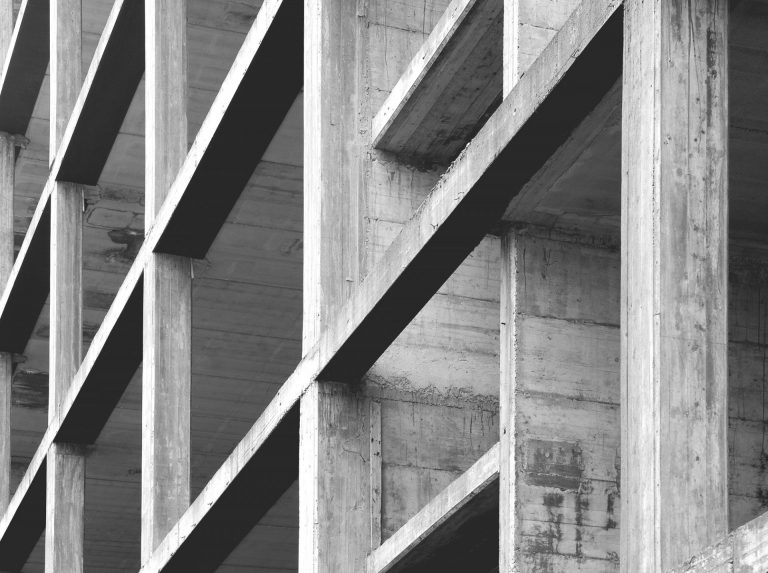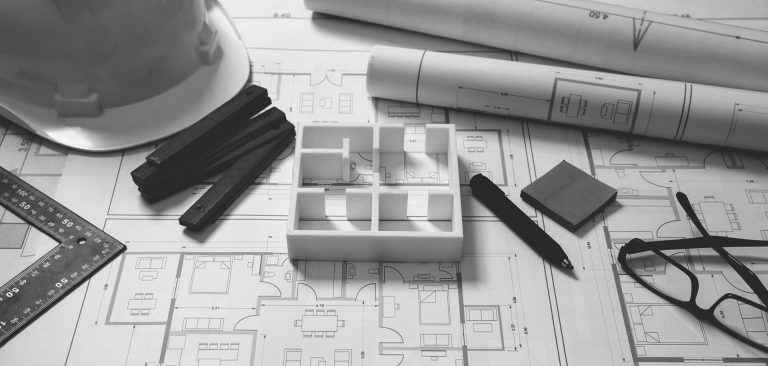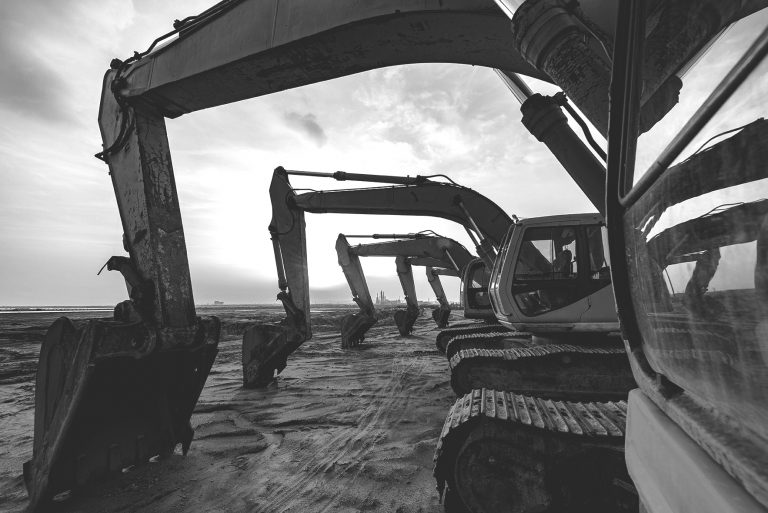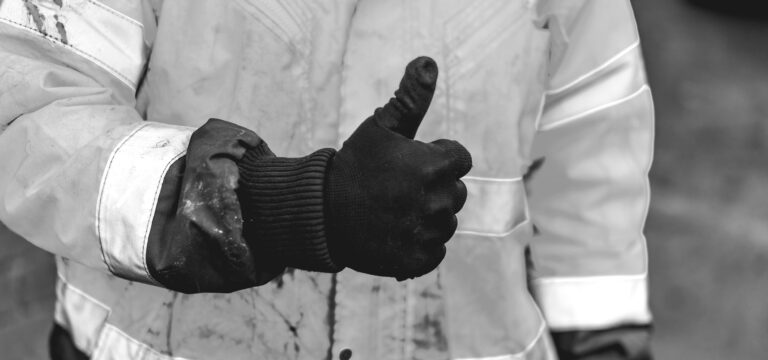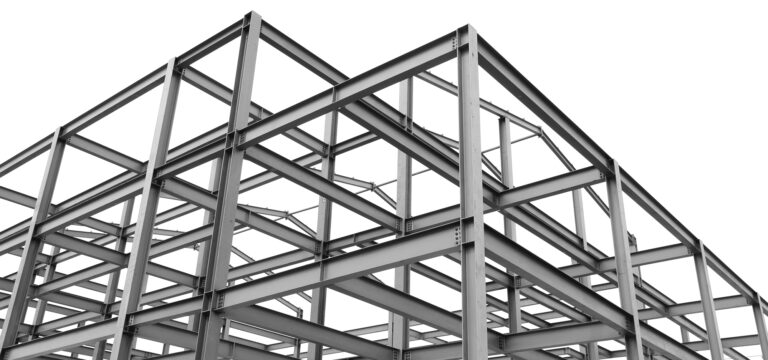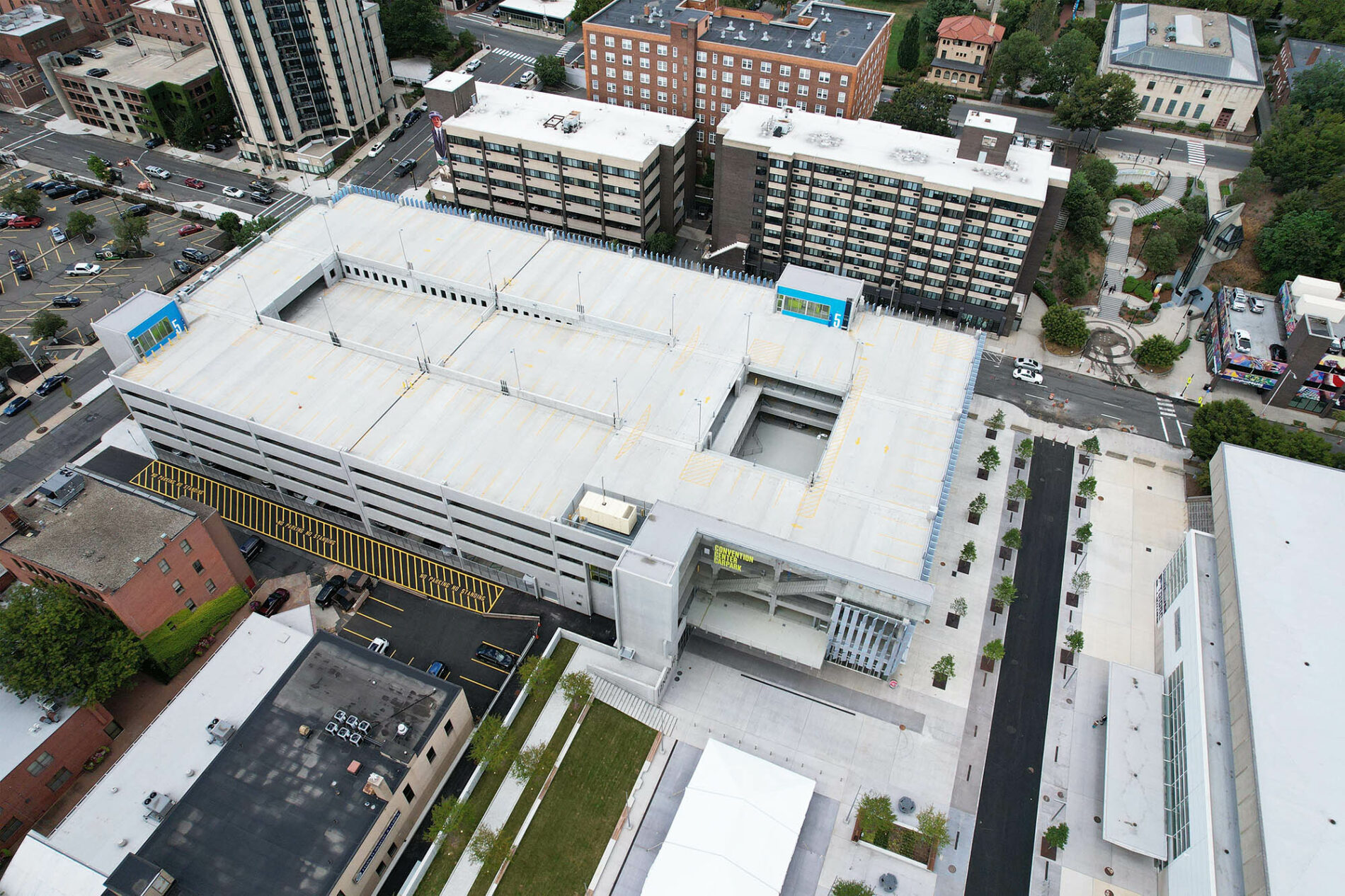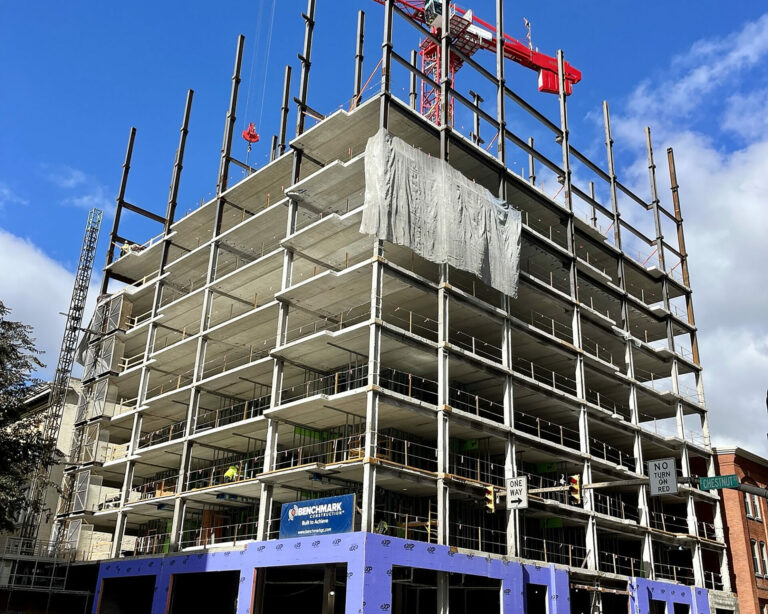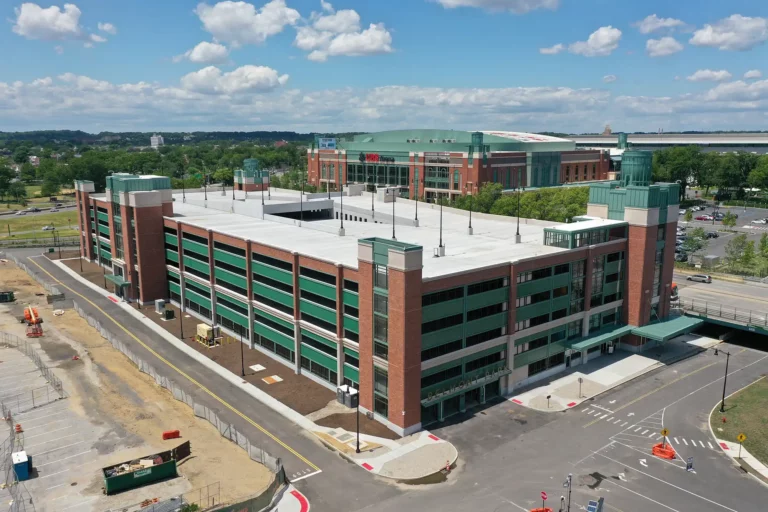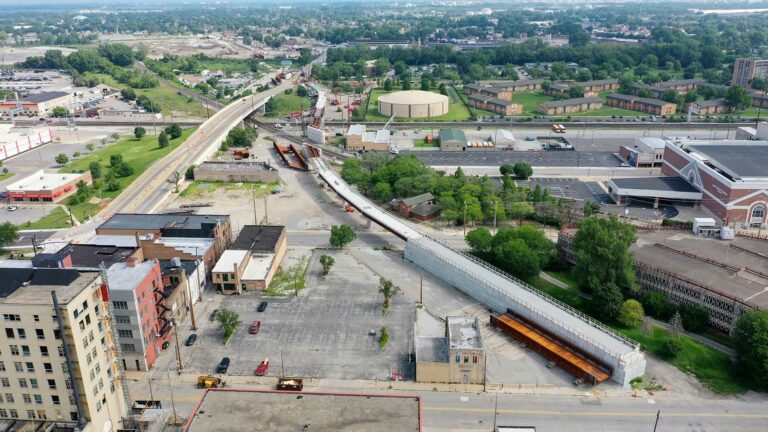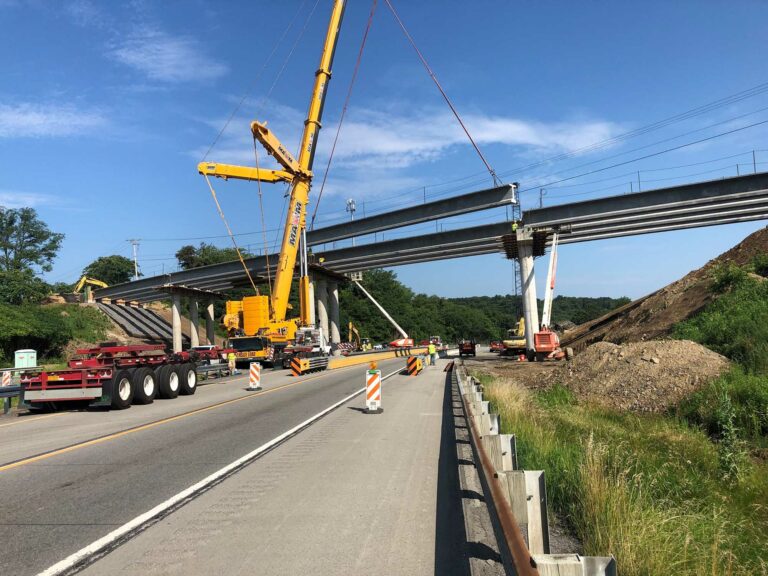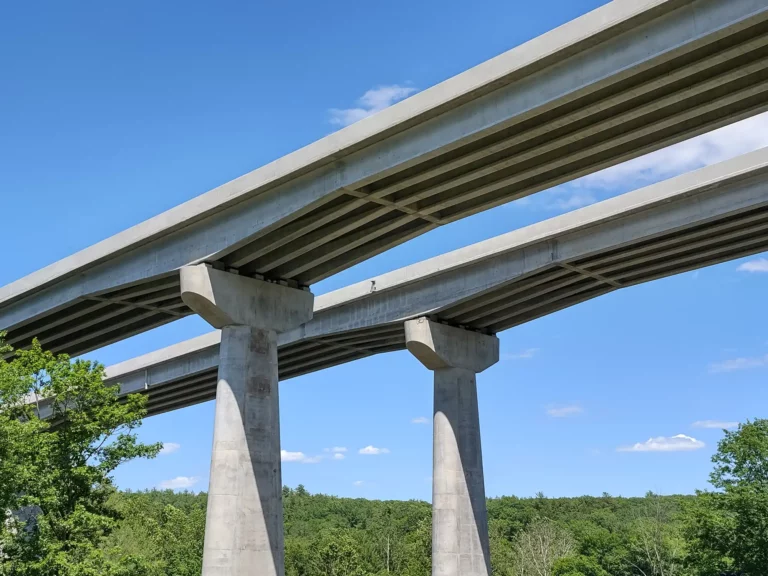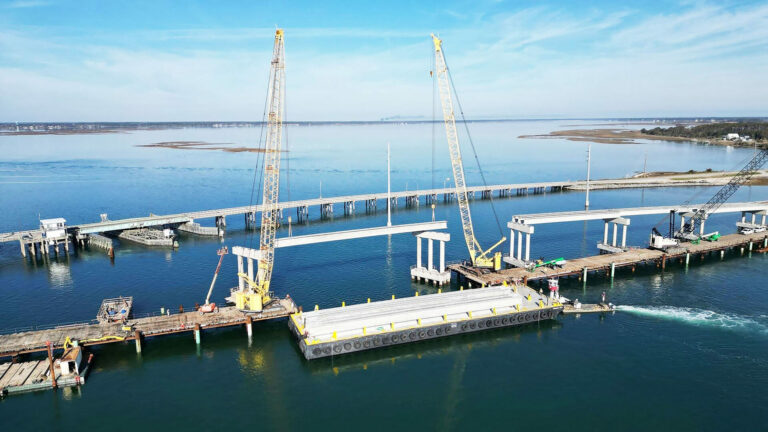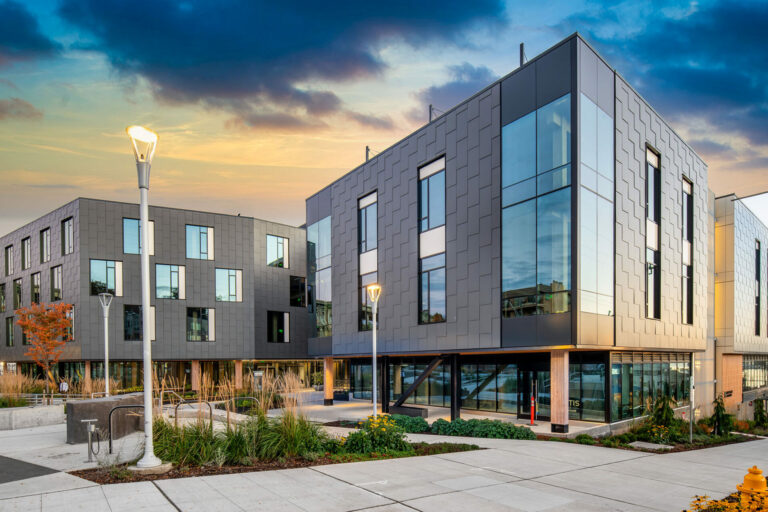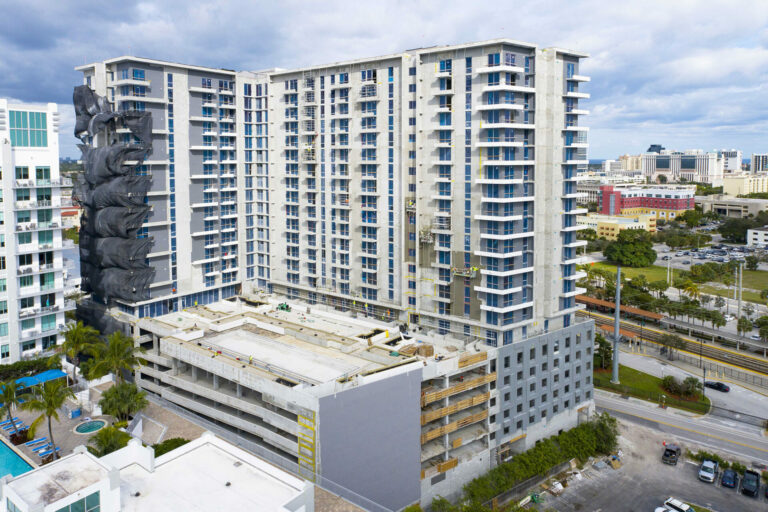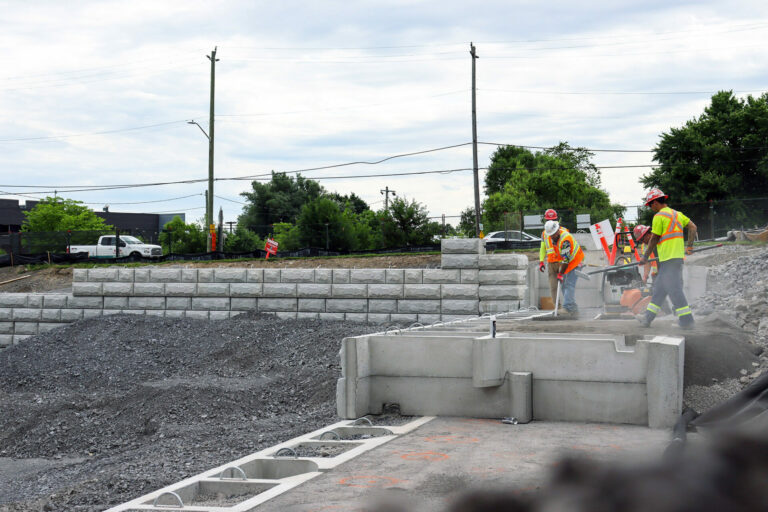From air traffic control towers to soaring parking garages, Unistress is well-known for providing precast services across the northeast of the United States – and particularly in New York City.
The company is able to do so through its vertical integration, which means Unistress can control the product from its owned gravel pits and mines, to its batch plant for concrete, to managing the full process of constructing and erecting their precast products.
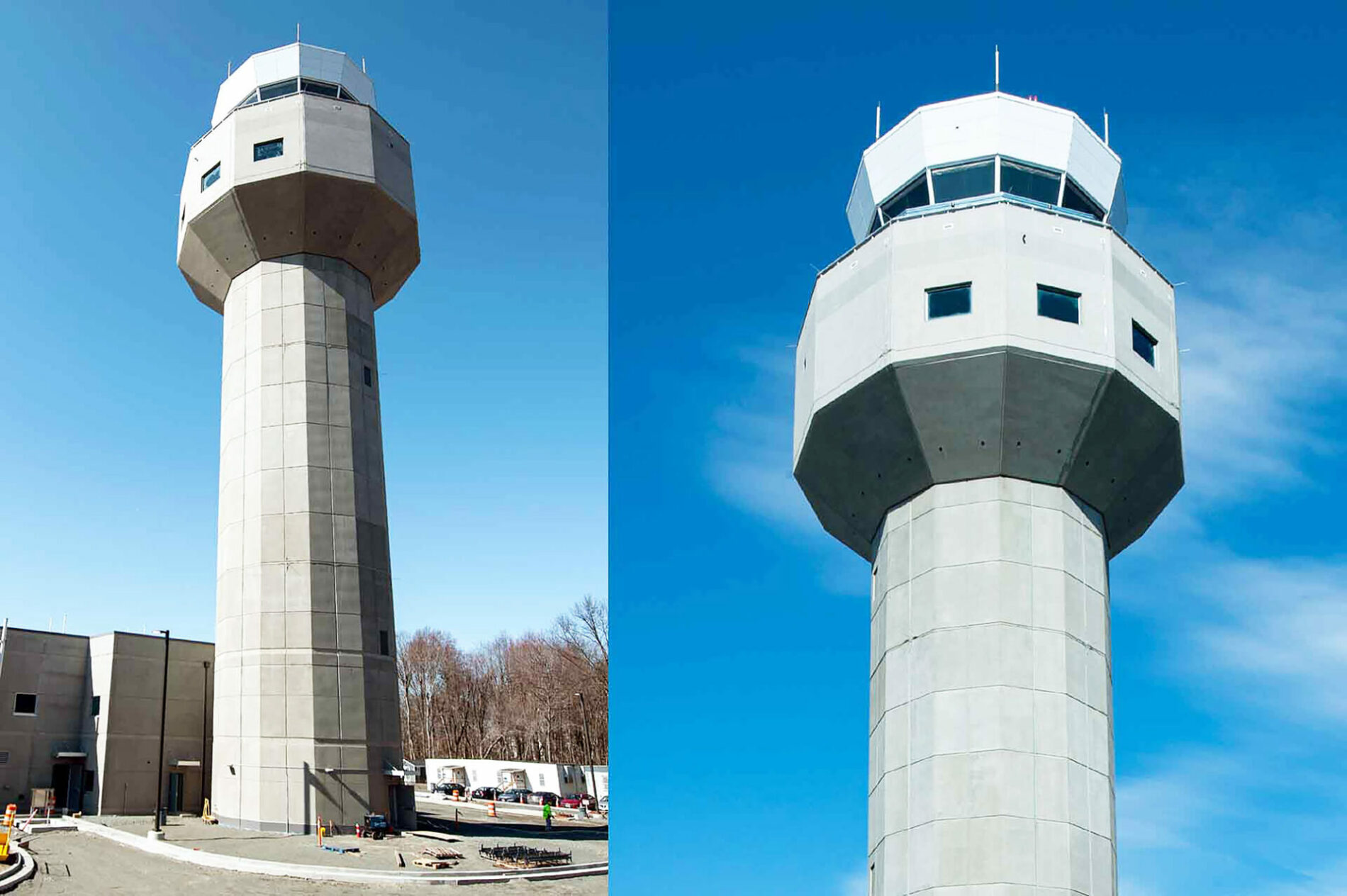
This range of services allows engineers and precast designers to stay with the company for many years – and often, for most of their entire careers, company officials point out. Roughly 25% of employees are in a long-service recognition tier of the company, including senior leadership.
Unistress arose from a predecessor company created by Basilio Petricca in 1936. Petricca was an Italian immigrant who had arrived in New York City at age 16, just two decades before. He created the first transit mixed concrete company in the Northeast, leaving a legacy not only for his customers – but for his family.
In 1968, following Basilio’s death, son Basil founded Unistress. Then Basil’s son, Perri, took on the reins of the company in 1989 – and still leads it today. Perri’s son, Adam, today works for the firm as a project manager, nearly 90 years after his great-grandfather first broke into the industry.
“We’ve just continued to grow,” Adam said, crediting a part of the company’s success to its then state-of-the-art main plant in Pittsfield, Massachusetts, which was constructed in 1986 for the emerging production method of precast. It’s long been a mainline business for the company.
But Unistress is already looking forward, four decades later: the company has developed a unique niche in the semiconductor microchip industry, and is the only precaster in the Northeast that’s ever designed and built a microchip plant. That’s on the growth path, but precast remains the heart of the business – and where Unistress continues to bring its value to the table.
“We’re the largest precaster in our market, and we’re able to offer a wide range of products in the structural precast marketplace – ranging anywhere from transportation, which would be bridges and abutments, through buildings, parking garages and microchip plants,” said Joseph Beck, the company’s chief sales officer.
Part of the unique value-add from Unistress is its upfront design work, allowing a “turnkey solution that enables us to really get early in on the design aspect of a project, and help through creating efficiencies and bringing a project to fruition,” Beck added. The company is able, he emphasized, to work in a design-assist or a design-built role with its customers, which include developers, owners and contractors.
Teterboro Air Traffic Control Tower (New Jersey)
The new tower, which is 157 feet tall, doubles the height of a previous tower commissioned in 1975. The tower hosts 41 Federal Aviation Administration employees, according to the agency, with the majority of them devoted to air traffic services.
The 750-square-foot “cab”, or area for the air controllers to work in, needed to be constructed to a quality that not only met strict industry conditions – including environmental considerations – but which could be repeated at smaller towers across the country, according to Beck.
“The challenge was due to the nature of the small size of the tower, and the connectivity between precast panels. The engineering itself was a very large feat, ” he said. The 3D modeling the company performed was intricate, so much so that Unistress received a Building Information Modeling (BIM) award for the work.
“That really became the standard of how we push projects forward, with that modeling,” Beck added. It also allowed for the tower to be completed with incredible speed; the first pieces were cast in May 2020, and the final erecting was done less than 18 months later in December 2021 – all with the backdrop of the pandemic altering working conditions every month.
Bronx Logistics Center
This center is nearby New York City in the South Bronx, spanning a 1.3-million-square-foot facility and industrial complex. It is also nearby key routes: interstates 95, 895 and 278; two subway stations; and the RFK Bridge nearby Manhattan.
“This was really the first of its kind logistics and transportation center,” Beck said. Traditionally, these types of buildings are simple warehouses with cargo gates, but the growing delivery needs of New York City require finding land – and a building – able to accommodate trucks, vans, sprinter vans and employee parking.
“This was really the first of its kind logistics and transportation center.”
“When you get through all those variables, the amount of space needed becomes larger and larger,” Beck said. “So, the challenge was: How do we go vertical, not only with cars – a traditional parking garage for employees – but with fully loaded 18-wheelers? That’s something that’s never really been done, in a precast environment with regards to a parking garage.”
Unistress’ solution included a custom ramp from the street up to a “truck court”, which allows for fully loaded tractor-trailers to move independently and freely without disrupting nearby traffic. Notably, their weight is amply supported even on upper floors of the building, which shows the strength and quality of the precast Unistress employed.
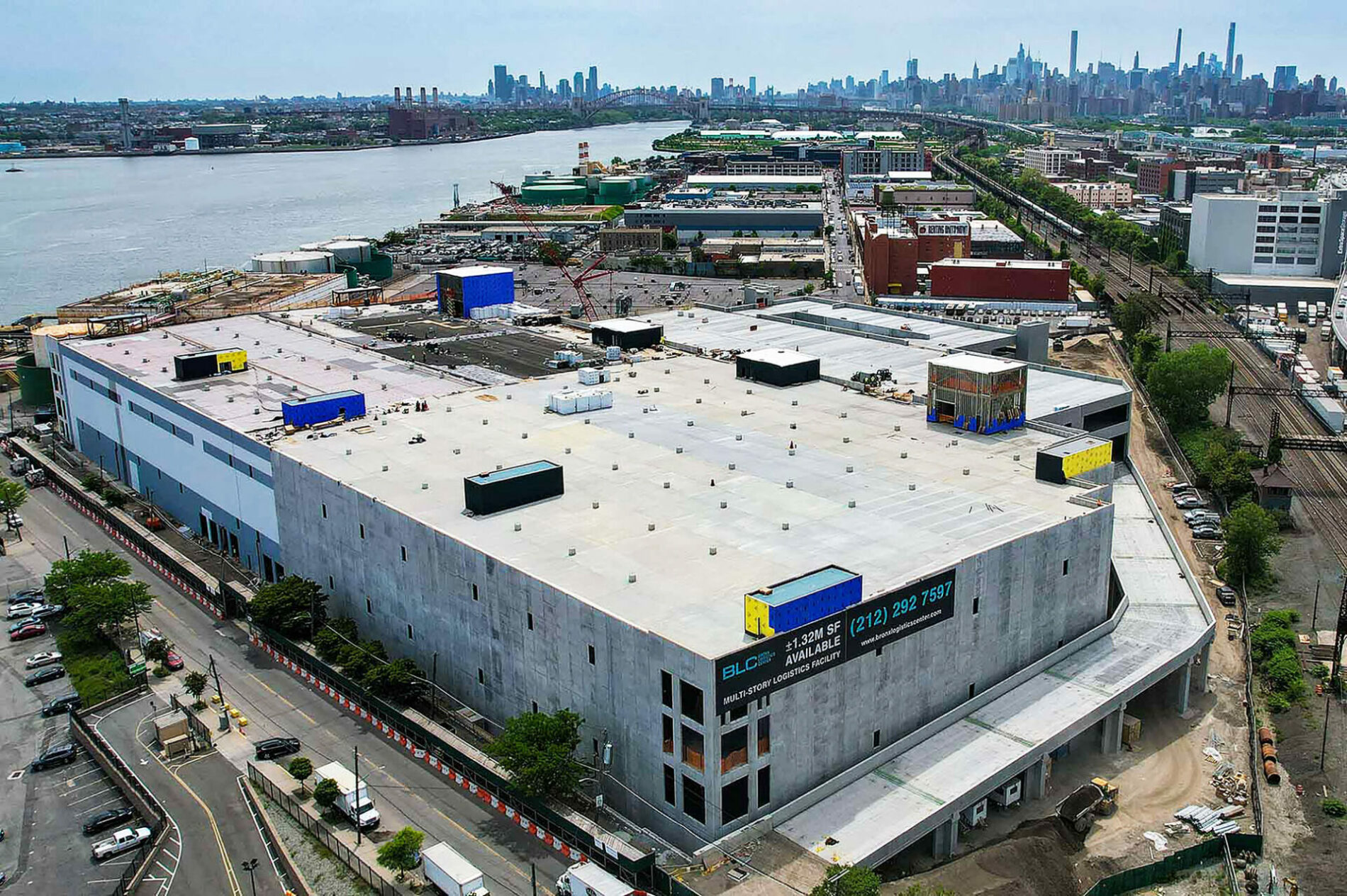
Massachusetts Convention Center
The convention center includes a large space, as well as an intricate stair system that was used as an architectural feature on the outside of the building.
“The challenge was to take and create traditional framing of precast, and modify it to also work with an external staircase that had this architectural feature,” Beck said.
The external staircase on the parking garage is one of the unique features of the project, and is another way in which Unistress can showcase its durable precast in a high-traffic area with variable weather conditions. “It’s a lot of moving parts, obviously,” Beck said.
Unistress flexes its employee force in line with demand, which is high right now – it has 305 employees as of 2025, up 43% from its workforce of roughly 212 last year. “We’ve had some very large projects this past year, so we had to increase our workforce pretty substantially,” Adam said.
To sustain that growth, the company is adding 14,400 square feet of manufacturing space to not only increase capacity, but also to allow for automation of some of their processes. Unistress is targeting growth of 10% per year for the next three to five years – and semiconductor will be a big part of that, alongside precast.
“We are currently trying to establish ourselves as a premier supplier to the chip manufacturing industry,” Adam said. “That has significant growth in the U.S., with the relocation of a lot of chip fabrication from foreign countries back into the U.S.”


